If you're looking to enhance your joint flexibility and movement, you've come to the right place. You might be surprised to learn that simple daily habits can make a significant difference in how your joints feel and function. From effective stretching techniques to the importance of hydration, each tip plays a vital role in your overall joint health. But before you start implementing changes, there are a few essential insights that could transform your approach to flexibility and movement. Let's explore what you might be missing.
Incorporate Daily Stretching
Have you ever wondered how daily stretching could transform your flexibility? Incorporating a stretching routine into your daily life can greatly enhance your joint mobility, making everyday activities more comfortable and enjoyable. It only takes a few minutes each day to reap the benefits, and you don't need to be a yoga expert to get started.
Begin by setting aside a specific time each day—perhaps in the morning or before bed. Aim for at least 10-15 minutes of focused stretching. Warm up your muscles a bit with light movements, like arm circles or gentle marching in place. This prepares your body and helps prevent injury.
When you stretch, focus on major muscle groups such as your hamstrings, quadriceps, hip flexors, and shoulders. Hold each stretch for at least 15-30 seconds. Don't rush; breathe deeply and allow your muscles to relax. If you feel pain, ease off a bit; stretching should feel good, not uncomfortable.
Remember to incorporate variety into your routine. Try different stretches to target various joints and muscles. You might even consider following online videos or classes to guide you through proper techniques.
Over time, you'll notice increased flexibility, reduced stiffness, and improved overall joint health. Incorporating daily stretching into your life is a simple yet powerful way to enhance your physical well-being, helping you move more freely and confidently in all your activities.
Give it a try, and watch how your body responds!
Stay Hydrated
While many people focus on exercise and stretching for flexibility, staying hydrated is just as vital for maintaining joint health. When your body is well-hydrated, it helps lubricate your joints, reducing friction and enabling smoother movement. Dehydration can lead to stiffness, discomfort, and even joint pain, making it harder to stay active and flexible.
You mightn't realize it, but water plays an important role in delivering nutrients to your joints. Synovial fluid, which cushions and lubricates your joints, relies on proper hydration to function effectively. If you're not drinking enough water, this fluid can become thick and less effective, increasing your risk of injury during physical activities.
To make certain you're staying hydrated, aim for at least eight 8-ounce glasses of water a day, adjusting based on your activity level and climate. Don't wait until you're thirsty; make it a habit to drink water regularly throughout the day. Carry a reusable water bottle with you, and set reminders if needed.
In addition to water, you can also consume foods with high water content, like fruits and vegetables, to boost your hydration levels. Foods like cucumbers, oranges, and strawberries not only provide hydration but also essential vitamins and minerals that support overall joint health.
Practice Yoga or Pilates
Practicing yoga or Pilates can greatly enhance your joint flexibility and overall mobility. Both disciplines focus on controlled movements and deep stretching that target various muscle groups and joints. When you commit to regular practice, you'll notice how much more comfortable your body feels during everyday activities, from bending to lifting.
In yoga, poses are designed to stretch and strengthen your muscles while promoting balance. You'll learn to breathe deeply and connect your breath with movement, which helps release tension and improves flexibility. Poses like Downward Dog and Warrior II specifically open up the hips and shoulders, allowing for better joint function.
Pilates, on the other hand, emphasizes core strength and stability, which is essential for maintaining proper alignment and protecting your joints. By focusing on controlled movements, Pilates helps you build strength in your stabilizing muscles, leading to better overall body mechanics. Exercises like the Spine Stretch and the Saw not only enhance flexibility but also improve posture, reducing the risk of injury.
To maximize the benefits, try to incorporate both practices into your weekly routine. Aim for at least two to three sessions of yoga or Pilates each week.
As you progress, you'll find it easier to perform movements that once felt challenging, and your joints will thank you. Remember, consistency is key. The more you practice, the more significant the improvements in your flexibility and mobility will be, leading to a healthier, more active lifestyle.
Use Foam Rollers
Using foam rollers can greatly improve your joint flexibility by releasing tension in your muscles.
You'll want to learn some effective techniques to maximize the benefits, ensuring you're rolling out those tight spots properly.
Benefits of Foam Rolling
Foam rolling offers numerous benefits that can greatly enhance your joint flexibility and overall mobility. By regularly incorporating foam rolling into your routine, you can reduce muscle tightness and improve blood circulation. This process helps to break up adhesions and knots in your muscles, promoting better movement patterns.
When you roll out your muscles, you're also preparing your body for physical activity. It helps to warm up your muscles and increases your range of motion, making your workouts more effective and less prone to injury.
Plus, foam rolling can aid in the recovery process post-exercise. It reduces muscle soreness and speeds up recovery time, allowing you to get back to your regular routine more quickly.
Additionally, foam rolling can enhance your body awareness, helping you identify areas of tension and tightness. This awareness can lead to better posture and alignment, which are vital for joint health.
Techniques for Effective Use
To maximize the benefits of foam rolling, it's crucial to target specific muscle groups with intention and technique. Start by identifying areas where you feel tightness or discomfort. Common targets include the calves, quadriceps, hamstrings, and upper back.
When you begin rolling, apply your body weight on the foam roller while keeping your movements slow and controlled. Spend about 30 seconds to a minute on each muscle group, focusing on any knots or tender spots. If you find a particularly tight area, pause and allow your body to sink into the roller for deeper release.
Don't forget to breathe; exhaling as you roll can help release tension. You can adjust pressure by shifting your weight or using your hands for support. Make sure to maintain a steady rhythm while rolling, as this can enhance the effectiveness of the technique.
Incorporate foam rolling into your warm-up or cool-down routine for best results. This practice not only improves flexibility but also enhances blood flow and prepares your muscles for movement.
With consistent use, you'll likely notice improved joint flexibility and overall mobility.
Strength Train Regularly
Strength training is essential for maintaining joint flexibility and overall health.
By targeting key muscle groups, you can enhance stability and support for your joints.
Plus, incorporating progressive overload guarantees that your muscles continue to grow stronger over time, keeping your flexibility goals on track.
Importance of Resistance Training
Resistance training is essential for maintaining joint flexibility and overall physical health. By incorporating it into your routine, you not only strengthen your muscles but also support your joints. Stronger muscles help stabilize and protect your joints, reducing the risk of injury and improving your range of motion.
When you engage in resistance training, you're promoting better blood flow to your muscles and joints. This increased circulation aids in the delivery of nutrients and the removal of waste products, which can enhance recovery and reduce stiffness.
You'll find that regular resistance training can lead to improved coordination and balance, making daily activities easier and more enjoyable.
Moreover, resistance training can aid in maintaining a healthy weight, which is vital for joint health. Extra weight puts additional stress on your joints, particularly those in the lower body. By keeping your body strong and lean, you can alleviate some of that pressure and promote longevity in your joints.
Incorporating even a few sessions of resistance training each week can greatly impact your overall flexibility and movement. So, grab some weights or resistance bands and start reaping the benefits today!
Targeting Key Muscle Groups
When it comes to joint flexibility, targeting key muscle groups is crucial. Focusing on specific areas can greatly improve your overall movement and reduce the risk of injury. Start by incorporating exercises that strengthen your legs, hips, and core, as these muscles play an important role in supporting your joints.
For your legs, squats and lunges effectively engage your quadriceps, hamstrings, and glutes. These exercises not only build strength but also enhance your stability.
Moving to the hips, try hip bridges and leg raises to increase flexibility and strength in that essential area.
Don't forget your core! A strong core supports your spine and pelvis, facilitating better joint movement during daily activities. Planks and rotational exercises can help strengthen this area.
Incorporate a mix of both compound movements and isolation exercises to guarantee you're targeting all necessary muscle groups.
Consistency is key, so aim to strength train at least two to three times a week. By focusing on these key muscle groups, you'll notice improved flexibility and a greater range of motion in your joints, enhancing your overall physical performance.
Incorporating Progressive Overload
Progressive overload is essential for anyone looking to enhance their joint flexibility and overall strength. By gradually increasing the demands on your muscles, you can improve not just your strength but also the flexibility of the joints these muscles support.
Here's how you can effectively incorporate progressive overload into your routine:
- Increase Weight: Gradually lift heavier weights to challenge your muscles and promote growth.
- Add Reps: Increase the number of repetitions you perform in each set to enhance endurance and strength.
- Change Tempo: Alter the speed of your movements. Try slowing down the eccentric phase (lowering) of an exercise to increase time under tension.
- Expand Range of Motion: Focus on exercises that allow you to stretch your muscles through a greater range, which can help improve flexibility.
Warm Up Properly
Before diving into any flexibility routine, it's essential to warm up properly. Warming up prepares your muscles and joints for increased activity, reducing the risk of injury and enhancing your overall performance. Start with a few minutes of light aerobic activity—jogging in place, jumping jacks, or brisk walking can elevate your heart rate and increase blood flow to your muscles.
Once you've got your heart pumping, focus on dynamic stretches that mimic the movements you'll perform during your flexibility routine. Instead of holding static stretches, incorporate movements like leg swings, arm circles, and torso twists. These dynamic stretches help to improve your range of motion and activate the muscles around your joints.
Pay attention to areas that tend to feel tight or stiff. For example, if you're going to work on your hip flexibility, include exercises that engage your hip flexors and glutes. Spend about 5-10 minutes warming up, ensuring that you're gradually increasing the intensity.
Always listen to your body. If you feel any discomfort during your warm-up, ease back and modify your movements. A proper warm-up isn't just about preparing your body; it's also about mentally preparing yourself for the routine ahead.
Maintain a Healthy Diet
Maintaining a healthy diet is essential for supporting joint flexibility and overall physical performance. What you eat plays a significant role in how your joints function. By fueling your body with the right nutrients, you can help reduce inflammation, improve mobility, and enhance recovery.
Here are some dietary tips to keep in mind:
- Stay Hydrated: Drink plenty of water to keep your joints lubricated and functioning well. Dehydration can lead to stiffness and discomfort.
- Include Omega-3 Fatty Acids: Foods like salmon, walnuts, and flaxseeds are rich in omega-3s, which help reduce inflammation and promote joint health.
- Opt for Antioxidant-rich Foods: Fruits and vegetables, such as berries, spinach, and kale, are packed with antioxidants that protect your joints from oxidative stress.
- Limit Processed Foods: Reducing sugar and unhealthy fats in your diet can help decrease inflammation and improve overall joint health.
Incorporating these foods into your diet isn't just beneficial for your joints; it also supports your entire body. A balanced diet enhances energy levels, boosts your immune system, and aids in muscle recovery.
You'll notice that the better your nutrition, the more agile and flexible you'll feel in your daily activities. So, take charge of your diet today and watch how it positively impacts your joint flexibility and movement!
Conclusion
By incorporating these seven tips into your daily routine, you can greatly enhance your joint flexibility and movement. Remember to stretch regularly, stay hydrated, and prioritize a balanced diet. Engaging in yoga or Pilates, foam rolling, and strength training will further support your joint health. Always warm up properly before activities to prevent injuries. Commit to these practices, and you'll enjoy improved mobility and overall well-being in no time!



